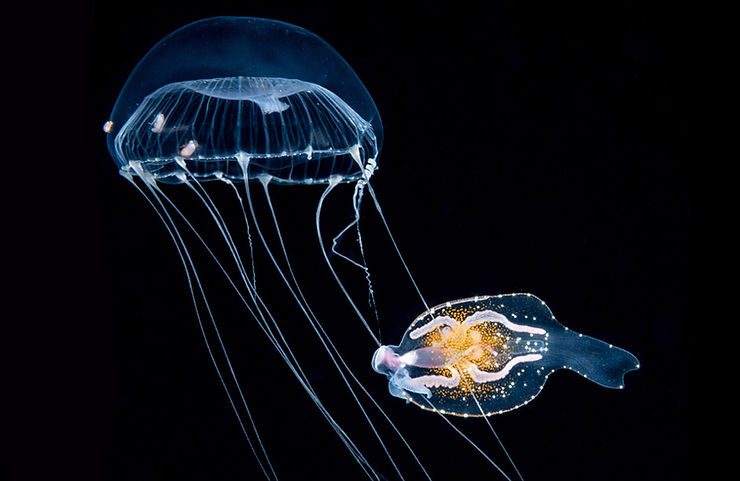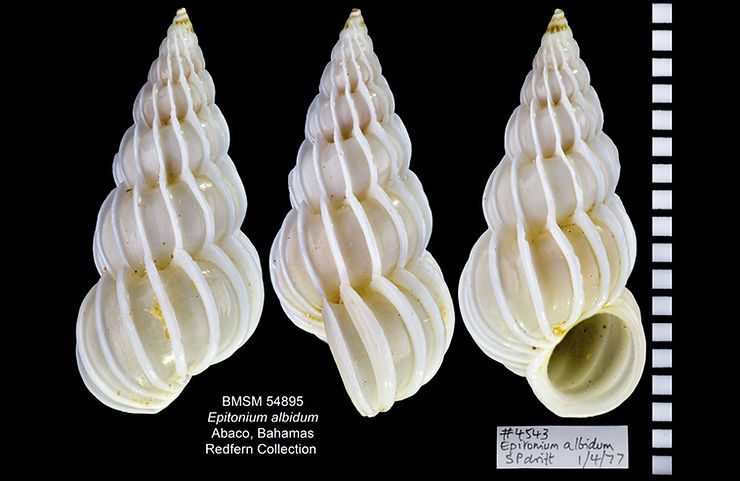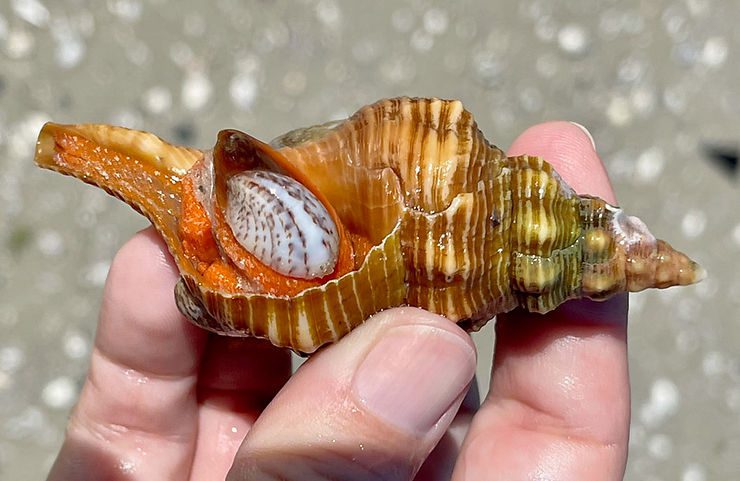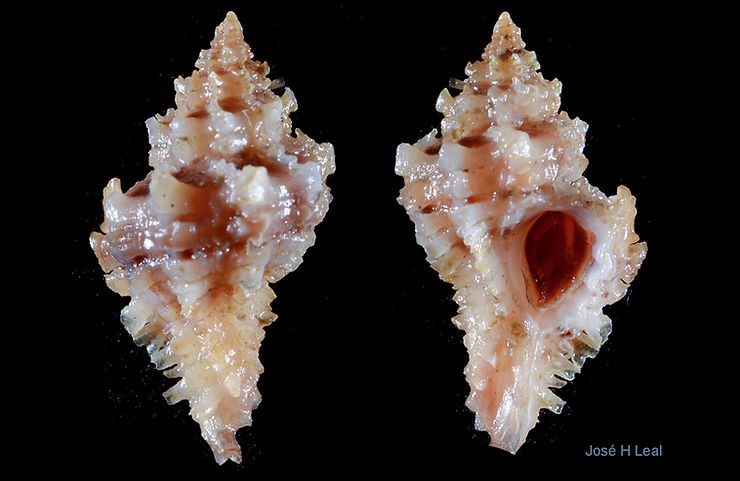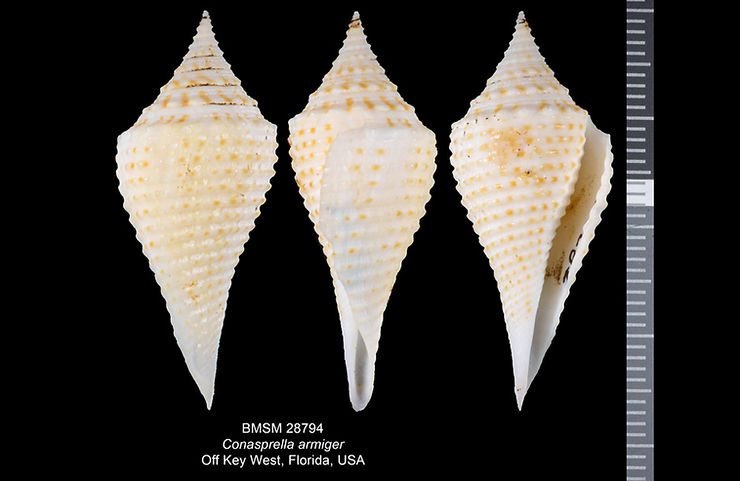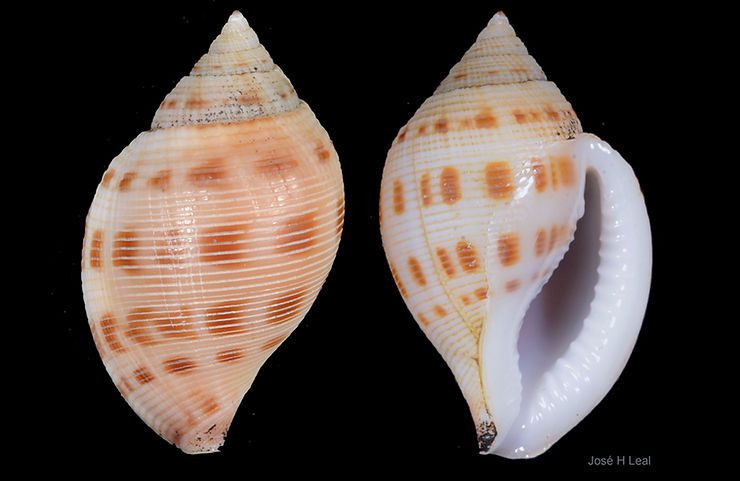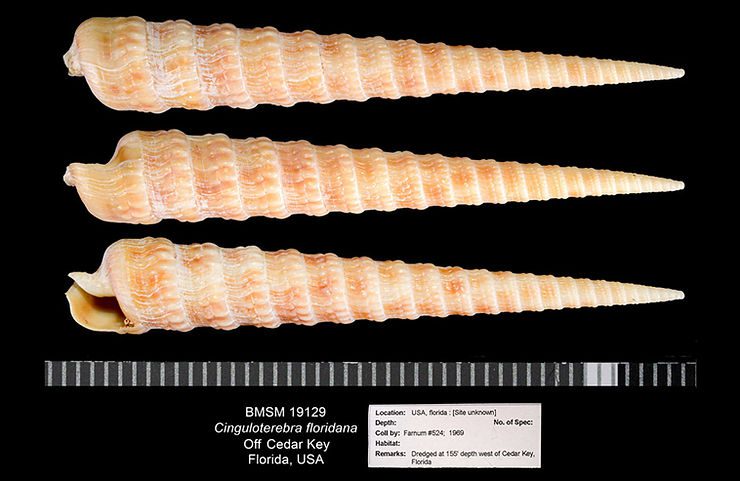
Shell of the Week: The Florida Auger
Reaching 68 mm (about 2.7 inches) in size, Terebra floridana (Dall, 1889) is one of the largest species of auger snails in the western Atlantic. Augers are usually found in the sand close to the water edge, in medium- to coarse-sand habitats, where they feed on marine worms, but the Florida Auger is found in deeper water off both coasts of Florida and the Gulf of Mexico. Augers are closely related to cone snails and, like them, use their radula teeth, which are like tiny harpoons, to inject veno
